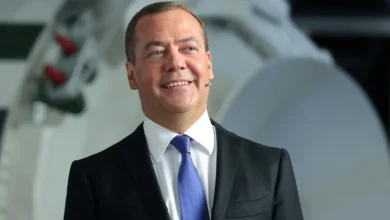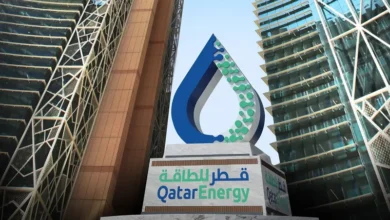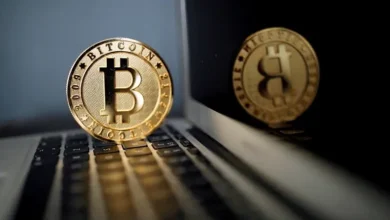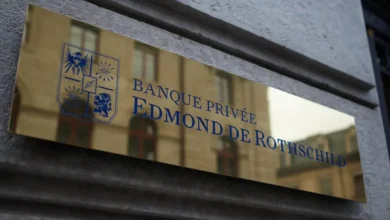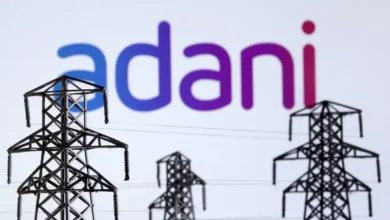Saudi Arabia eyes more fixed-rate debt as borrowing costs jump
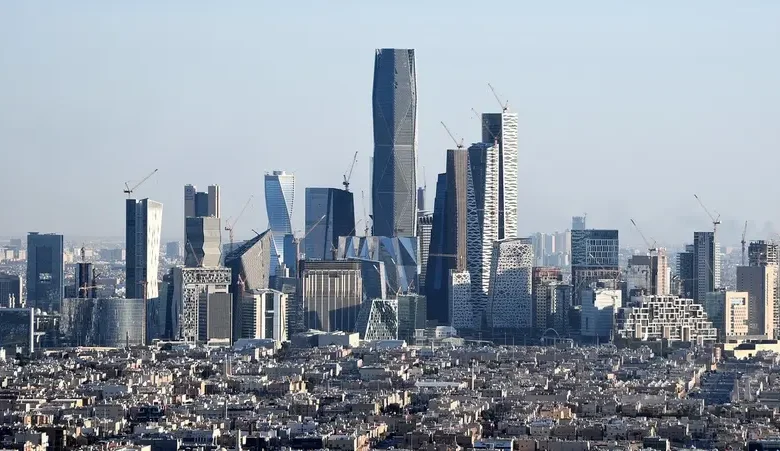
Saudi Arabia is considering borrowing more in currencies besides the dollar this year as it focuses on refinancing to reduce the portion of its outstanding floating-rate debt.
“We are not done with interest-rate risk,” Hani al-Medaini, chief executive officer of the country’s National Debt Management Center, said in an interview. “That’s why we were so fast to issue given the positive momentum in the market we witnessed at the beginning of 2023.”
Despite expecting another budget surplus in 2023, Saudi Arabia raised $10 billion from a bond sale in early January in the biggest emerging-market sovereign deal in almost three years.
Soaring crude prices helped push the government’s finances into the black for the first time in nearly a decade last year.
The Kingdom had already pre-funded about 48 billion riyals ($12.8 billion) of its refinancing needs for this year, and January’s bond sale means it’s done most of the borrowing it planned to do in 2023.
Still, the government is looking at different borrowing options including euro or other international currencies, and also green bonds, said al-Medaini.
Any further issuance would be “subject to market conditions,” he said. The Saudi government will also look at borrowing to “expedite the execution of the vision 2030 objectives of diversifying the economy of the world’s largest oil exporter.”
Fixed-rate debt will make up about 90 percent of government borrowing by the end of the year as the debt office looks to lock in rates in expectation of further increases, according to al-Medaini.
At the end of last year, fixed rate debt made up about 85 percent of all borrowing, he said.
“We are having a very strong position when it comes to absorbing the high interest rate environment,” said AlMedaini. But “we will not sit and enjoy that position, we’ll continue to enhance it further.”
Although US Federal Reserve Chair Jerome Powell last week acknowledged that price pressures are easing, he also reiterated the central bank’s plan for more hikes.
The outlook for tighter policy was bolstered Friday as data showed hiring unexpectedly surged in the world’s top economy and unemployment fell to a 53-year low in January.
The yield on Saudi Arabia’s Islamic bonds due in 2028 has fallen to 4.296 percent from 4.494 percent at the start of the year.
Separately, Saudi Arabia’s sovereign wealth fund began the sale of green bonds on Tuesday, the second time in four months it’s tapped investors focused on ethical finance.
The Public Investment Fund raised $3 billion in October from its debut green bond sale, which included a tranche that matured in 100 years.

